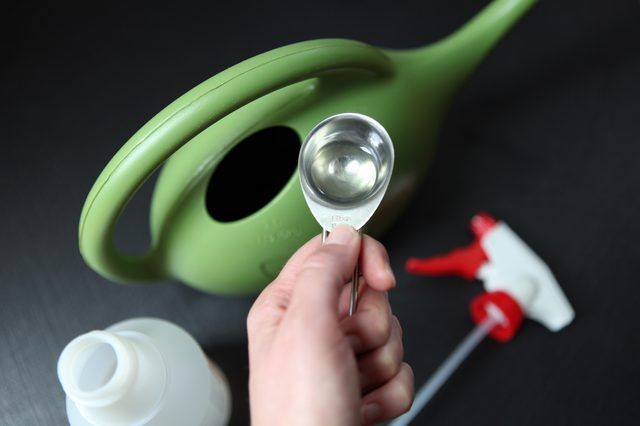Bulbs
Flower Basics
Flower Beds & Specialty Gardens
Flower Garden
Garden Furniture
Garden Gnomes
Garden Seeds
Garden Sheds
Garden Statues
Garden Tools & Supplies
Gardening Basics
Green & Organic
Groundcovers & Vines
Growing Annuals
Growing Basil
Growing Beans
Growing Berries
Growing Blueberries
Growing Cactus
Growing Corn
Growing Cotton
Growing Edibles
Growing Flowers
Growing Garlic
Growing Grapes
Growing Grass
Growing Herbs
Growing Jasmine
Growing Mint
Growing Mushrooms
Orchids
Growing Peanuts
Growing Perennials
Growing Plants
Growing Rosemary
Growing Roses
Growing Strawberries
Growing Sunflowers
Growing Thyme
Growing Tomatoes
Growing Tulips
Growing Vegetables
Herb Basics
Herb Garden
Indoor Growing
Landscaping Basics
Landscaping Patios
Landscaping Plants
Landscaping Shrubs
Landscaping Trees
Landscaping Walks & Pathways
Lawn Basics
Lawn Maintenance
Lawn Mowers
Lawn Ornaments
Lawn Planting
Lawn Tools
Outdoor Growing
Overall Landscape Planning
Pests, Weeds & Problems
Plant Basics
Rock Garden
Rose Garden
Shrubs
Soil
Specialty Gardens
Trees
Vegetable Garden
Yard Maintenance
How to Care for a Polka Dot Plant
How to Care for a Polka Dot Plant. Fortunate is the gardener who lives within the boundaries of U.S. Department of Agriculture plant hardiness zones 10 and 11 and is looking for an attractive shade-tolerant plant. The polka dot plant (Hypoestes phyllostachya) is hardy in your winters, so you can grow it outdoors. The limited range, however,...
Fortunate is the gardener who lives within the boundaries of U.S. Department of Agriculture plant hardiness zones 10 and 11 and is looking for an attractive shade-tolerant plant. The polka dot plant (Hypoestes phyllostachya) is hardy in your winters, so you can grow it outdoors. The limited range, however, doesnít stop others from growing the charming plant, as it does well indoors too. Wherever you choose to grow it, the polka dot plant, with its white and pink-freckled foliage, adds charm and requires only moderate care in return.

Things You'll Need
Humidifier (optional)
20-20-20 fertilizer
Measuring spoons
1-gallon container
Horticultural oil spray
Spray bottle
Planting container (optional)
Sand (optional)
Step 1
Grow the polka dot plant in an area that receives indirect sunlight. The color of the foliage brightens with more sunlight, but direct sun may burn it. Outdoors, a spot beneath a tree where it receives dappled sunlight works. Indoor growers have the best results by placing the polka dot plant 3 or 4 feet away from a window. If the plantís leaves curl, provide it with more shade.
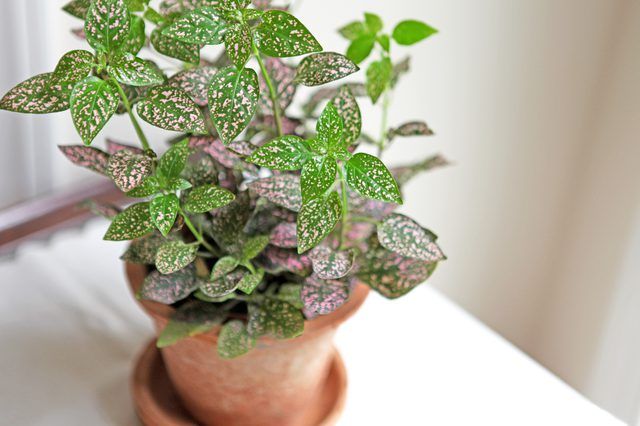
Step 2
Water the polka dot plant often enough to keep the soil slightly moist. Decrease the frequency of watering if the leaves turn yellow and fall from the plant. Water more often if the leaves fall without turning yellow.
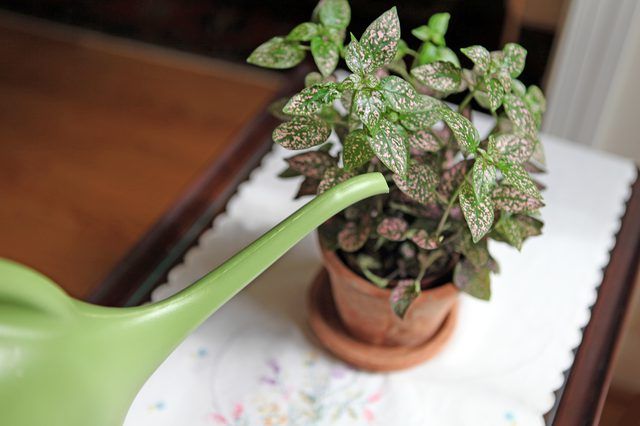
Step 3
Fertilize the outdoor-grown polka dot plant once a month during the growing season. Use a balanced fertilizer, such as 20-20-20. Use 1/2 teaspoon of the fertilizer, dissolved in 1 gallon of water and pour it over the soil around the polka dot plant.
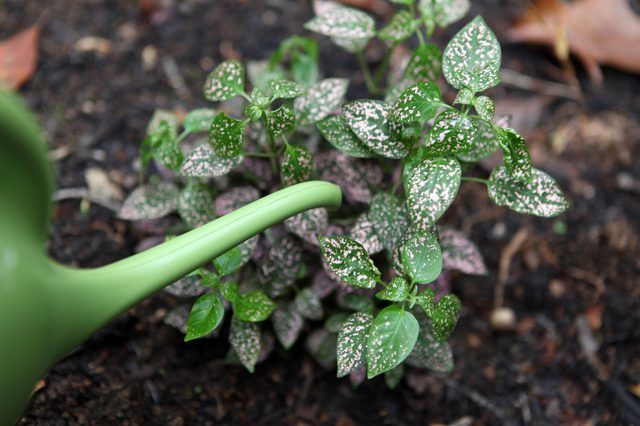
Step 4
Feed the houseplant every two weeks with the same type of fertilizer but dilute 1/4 teaspoon in 1 gallon of water and pour the solution over the soil.
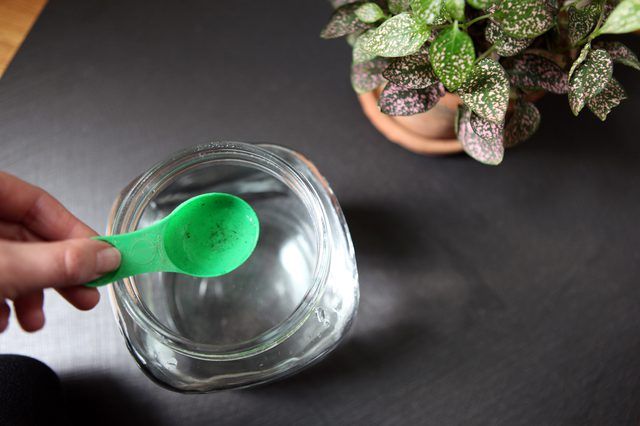
Step 5
Use your fingers to pinch 1/2 inch from the growing tips periodically throughout the season. This encourages the polka dot plant to produce lateral stems, which makes the plant bushier.

Step 6
Inspect the pink plant occasionally for whiteflies, aphids, spider mites and scale. Isolate the infested plant from others to avoid spreading the pests and use your fingers to pinch out the infested parts of the plant. The least toxic remedy for these pests is horticultural oil spray. Dilute 1 1/4 tablespoon of the oil in 1 gallon of water and spray all parts of the plant, including the undersides of the leaves.
